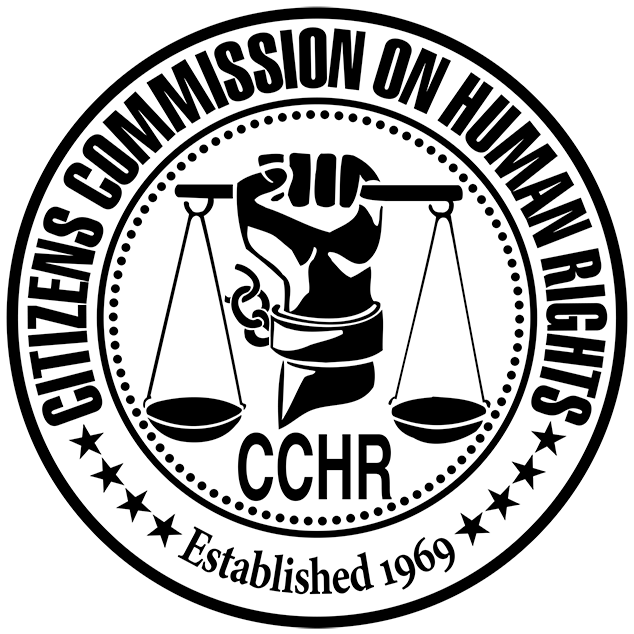Study is latest to find that children traumatized by removal from their families and homes are prescribed powerful psychotropic drugs at high rates.
A new government study has found that one in four Medicaid-enrolled children under the age of 18 in the U.S. child welfare system is prescribed one or more powerful psychotropic drugs, a rate three times higher than for other Medicaid-enrolled children. They are also prescribed multiple psychotropic drugs at a four times higher rate. The researchers conducting the study cited concern that although the safety and effectiveness of psychotropic drugs have not been clearly established for young people, the drugs are prescribed to these vulnerable youth at high rates.
Staff at the Office of the Assistant Secretary for Planning and Evaluation in the U.S. Department of Health and Human Services accessed the 2019 medical records of Medicaid-enrolled children ages 3 to 17, analyzing data from the 719,908 children who were in the child welfare system (receiving foster care, guardianship care, or adoption assistance) compared to the 31,472,608 who were not in child welfare.

The results of the study revealed that youth on Medicaid in the child welfare system were given psychotropic drugs at a rate three times higher than for other youth on Medicaid, with half of the child welfare youth prescribed two or more psychotropic drugs (polypharmacy), a rate four times higher than for other youth. The most common psychotropic drug classes prescribed were stimulants (ADHD drugs), antidepressants, and antipsychotics.
“Of youths in the child welfare group, 26.25% had been prescribed a psychotropic medication and 13.27% experienced psychotropic polypharmacy compared with 9.06% and 3.11%, respectively, of other Medicaid-enrolled youth,” according to the research results published online in JAMA Pediatrics.
High rates of psychotropic prescription are concerning because of the limited safety and efficacy data for individuals younger than 18 years.”
— Laura F. Radel, MPP, U.S. Department of Health and Human Services
The researchers observed that higher rates of psychotropic drugging for youth in the child welfare system were found at all ages, but especially for adolescents ages 12-17, among whom one in three (34%) were on psychotropic drugs, half (19%) of whom were prescribed two or more, with these rates roughly two and four times higher, respectively, than for other Medicaid adolescents.
“High rates of psychotropic prescription are concerning because of the limited safety and efficacy data for individuals younger than 18 years,” wrote lead author Laura F. Radel, MPP, noting also that there are “safety concerns and uncertainties about these medications’ long-term effects on brain development and metabolic adverse effects.”
Another recent study found a high rate of psychotropic prescribing for foster children. The analysis of medical records for foster children in a region of Texas found that 35% of these youth were prescribed one or more psychotropic drugs, a rate four times the rate for non-foster children (8%).

These studies come at a time of renewed scrutiny over the disproportionate prescribing of psychotropic drugs to children and teens in the foster care system. Psychotropic drugs expose these young people to the risk of having to deal with the disruption in their lives while also contending with drug side effects. Some of the most serious adverse effects are significant weight gain, diabetes, uncontrollable restlessness (akathisia), uncontrollable muscle movements (tardive dyskinesia), heart problems, mania, violence, and suicidal thoughts and actions.
A 2015 investigation in five states by the U.S. Department of Health and Human Services Office of Inspector General (OIG) found “serious quality-of-care concerns in the treatment of children with psychotropic medications” in 67% of the Medicaid claims it reviewed. It found hundreds of children were prescribed five or more psychotropic drugs without any scientific evidence to support the regimen, or were prescribed drugs in doses higher than approved maximum levels. Children under the age of 1 were also prescribed psychotropic drugs, which the OIG said “have no established use for mental health conditions in infants and could result in serious adverse effects.” The OIG report faulted states for their insufficient oversight of psychotropic prescriptions for foster children.
A subsequent OIG investigation in 2018 found that one in three foster children (34%) were prescribed psychiatric drugs without the treatment plans or follow-up that the states are required to provide. The OIG report recommended more federal involvement to improve compliance and strengthen state requirements to “help protect children who are at risk for inappropriate treatment and inappropriate prescribing practices.”
The newly released studies show that the overdrugging of foster children and other children in the U.S. child welfare system continues. The Citizens Commission on Human Rights (CCHR) urgently calls on state and federal governments to act to protect children in the child welfare system from the ongoing overprescribing of psychotropic drugs and the serious physical and mental health risks the drugs pose for these children.
WARNING: Anyone wishing to discontinue or change the dose of a psychiatric drug is cautioned to do so only under the supervision of a physician because of potentially dangerous withdrawal symptoms.
